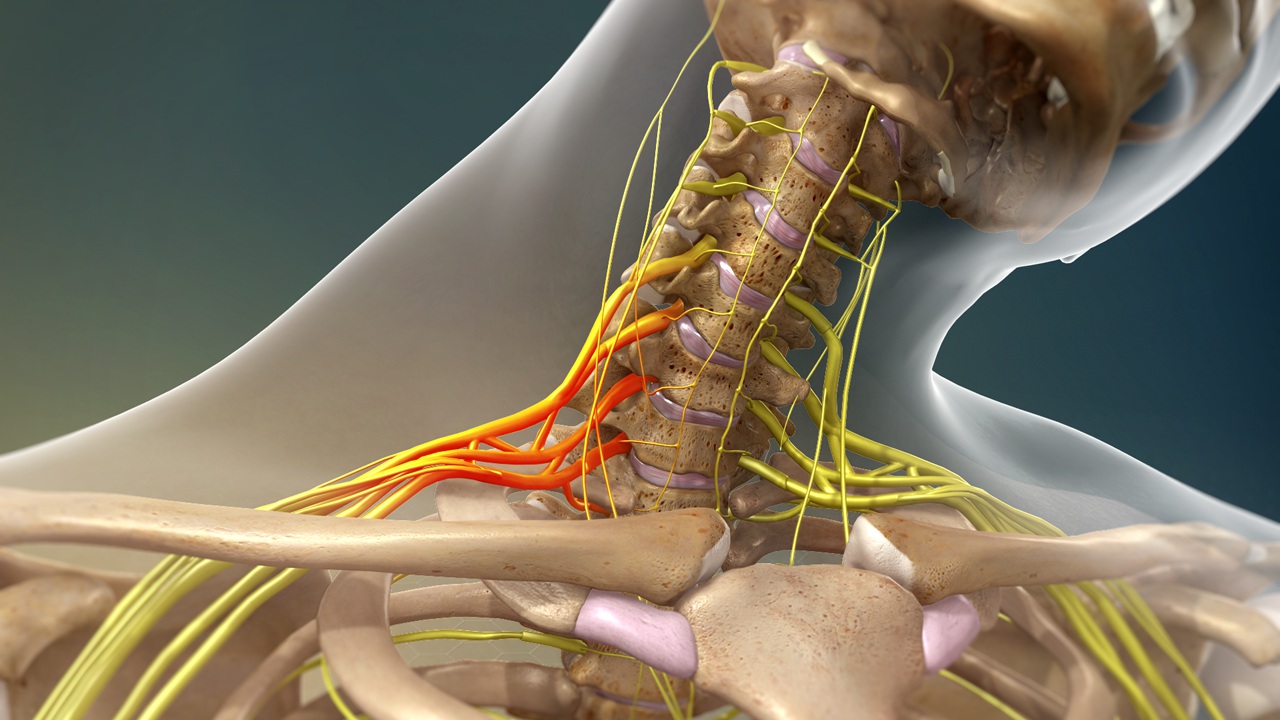
What are Brachial Plexus Injuries?
Brachial Plexus Injuries (BPIs) are traumatic injuries that affect the network of nerves extending from the spinal cord in the neck to the shoulder, arm, and hand. These injuries can result from various causes, such as motor vehicle accidents, sports injuries, falls, or trauma during childbirth. BPIs can cause symptoms such as weakness, numbness, pain, or paralysis in the affected limb, depending on the location and severity of the injury.
How are Brachial Plexus Injuries diagnosed?
Diagnosing Brachial Plexus Injuries typically involves a comprehensive evaluation by a medical professional, including a physical examination, neurological assessment, and diagnostic imaging studies such as MRI or CT scans. These tests help identify the location, severity, and extent of the nerve injury, as well as any associated damage to surrounding structures such as bones, muscles, or blood vessels.
What are the treatment options for Brachial Plexus Injuries?
The treatment of Brachial Plexus Injuries depends on factors such as the type, location, and severity of the injury, as well as the individual's overall health and functional goals. Treatment options may include observation and conservative management for mild injuries, physical therapy and rehabilitation to improve strength and range of motion, surgical repair or nerve grafting for more severe injuries, or nerve transfers or muscle transfers to restore function in cases of permanent nerve damage.
Who is a candidate for Brachial Plexus Injuries treatment?
Individuals who have sustained Brachial Plexus Injuries resulting in symptoms such as weakness, numbness, pain, or paralysis in the affected limb may be candidates for treatment. Common indications for treatment include traumatic BPIs, obstetric BPIs (resulting from childbirth trauma), or BPIs resulting from other causes such as tumors or infections. A consultation with a hand surgeon, neurosurgeon, or orthopedic surgeon is essential to determine the most appropriate treatment approach based on individual circumstances.
What are the benefits of Brachial Plexus Injuries treatment?
Treating Brachial Plexus Injuries offers numerous benefits for individuals seeking to restore function and improve quality of life. Proper treatment can help alleviate symptoms such as weakness, numbness, or pain, improve muscle strength and coordination, restore sensation and motor function in the affected limb, and prevent long-term complications such as muscle atrophy or joint contractures. By addressing BPIs promptly and effectively, individuals can achieve improved functional outcomes and regain independence.
What is the recovery process like after Brachial Plexus Injuries treatment?
Recovery from Brachial Plexus Injuries treatment varies depending on factors such as the type and severity of the injury, the success of the treatment approach, and individual healing factors. Following surgery or conservative management, patients may undergo a period of immobilization, rehabilitation, and physical therapy to promote nerve healing, muscle strengthening, and functional recovery. The timeline for recovery varies for each individual and may take months to years, with ongoing monitoring and adjustments to the treatment plan as needed.
What are the risks and complications associated with Brachial Plexus Injuries treatment?
Like any medical procedure, Brachial Plexus Injuries treatment carries certain risks and complications. These may include infection, bleeding, nerve damage, muscle weakness or atrophy, joint stiffness or contractures, or unsatisfactory functional outcomes. Additionally, individuals with complex BPIs or associated injuries may be at increased risk for complications. However, the benefits of treatment often outweigh the risks, especially when symptoms significantly impact function and quality of life.
Why choose VMG Hospital for Brachial Plexus Injuries treatment?
VMG Hospital in Hisar, Haryana, is a trusted provider of comprehensive orthopedic and neurological care and treatment for individuals with Brachial Plexus Injuries. Our team of skilled hand surgeons, neurosurgeons, and orthopedic surgeons has extensive experience in diagnosing and treating BPIs, ensuring timely and effective treatment to optimize outcomes. With state-of-the-art facilities and a patient-centered approach, VMG Hospital is committed to delivering compassionate care and helping patients regain function and independence after BPIs.